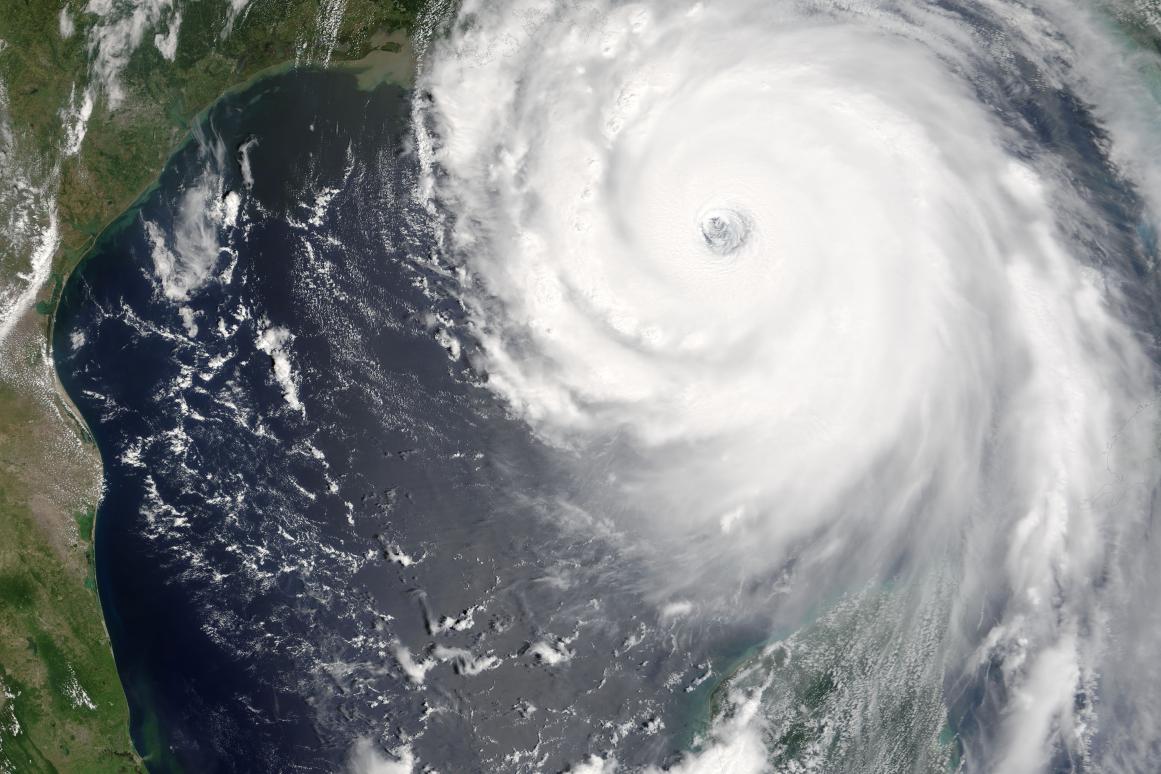New Report Highlights “Green Infrastructure” for Coastal Resilience

CORPUS CHRISTI, Texas — As the nation marks the 10th anniversary of Hurricane Katrina, the costliest natural disaster in U.S. History, the White House has announced the release of a new report supporting the integration of coastal green infrastructure like wetlands and reefs into risk reduction strategies, resilience planning and decision making.
The report, “Ecosystem-Service Assessment: Research Needs for Coastal Green Infrastructure,” recommends prioritized areas for federal research to support coastal green infrastructure that will enhance the coastal United States’ natural defenses, particularly as climate change will contribute to an increased frequency and intensity of weather events.
Dr. David Yoskowitz, Associate Director and Endowed Chair for Socio-Economics at the Harte Research Institute (HRI) for Gulf of Mexico Studies at Texas A&M University-Corpus Christi, served as co-chair of the task force that authored the report.
A recognized expert in economics and social science, Yoskowitz recently returned to HRI after a one-year appointment as Chief Economist for the National Oceanic and Atmospheric Administration.
"This report highlights the critical link between the health and well-being of our natural environment and the well-being of individuals, communities, and economies," Yoskowitz said.
Enhancing preparedness for coastal-climate related events has been a continuing priority of the Obama Administration. Hurricane Katrina in 2005 caused over $100 billion dollars in damages and killed more than 1,800 people, and in 2012, Hurricane Sandy struck the eastern seaboard, causing 72 direct deaths and causing more than $50 billion in damages. Federal recommendations made after Hurricane Sandy highlighted the use of green infrastructure to increase protection and resilience of coastal communities, and called on agencies to advance their integration into disaster readiness strategies.
Coastal areas are among the most populated, economically valuable, and ecologically productive regions in the United States. And while many are protected by so-called “gray infrastructure” like levees, seawalls and bulkheads, these can be expensive to maintain and can even damage the ecosystems around them.
Protecting and restoring natural defenses like the Coastal Bend’s wetlands, barrier islands and oyster reefs can aid in buffering waves, reducing soil erosion, enhancing community resilience and even enhancing recreational opportunities. Coastal green infrastructure has been effective in mitigating damaging from past storm events. During Hurricane Katrina in 2005, coastal wetlands protected parts of southeastern Louisiana and southern Mississippi by absorbing the brunt of storm surge and reducing inland penetration. In 2012, during Hurricane Sandy, oyster reefs broke storm-related waves, reducing their power, and decreased coastal erosion in regions like North Carolina.
“When it comes to our natural environment and our economy, it is not an 'either/or' question — it is a demonstrated fact that we need both working together,” Yoskowitz said. “During hurricane we are made painfully aware of this, but the connection is there 365 days a year."
